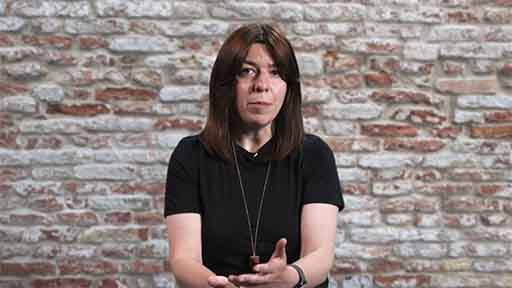3.2 Gaslighting
It is common to hear Black people saying that they have experienced gaslighting – at work and in society. What is meant by this is that Black people can be made to feel that they are imagining experiences of racism, even though they are the victims of very real prejudice.
Gaslighting is a form of power typically associated with abusive personal relationships, where an abuser seeks to create an alternate reality through distortions, untruths and manipulations (Smolović Jones, 2023). The effect is to make the victim feel as if they are losing their ability to correctly perceive reality, eroding their mental health. Recently, gaslighting has been explored as a significant weapon of institutional and organisational power, particularly in seeking to make Black people feel as though they are imagining racism where it does not exist. Former US President Donald Trump and his followers are masters at such gaslighting (Honig, 2021). They take advantage of the increasingly short attention spans of the media and people at large to continuously hop from one outrageously untrue statement to another, never allowing attention to settle, offering increasingly bizarre interpretations of reality to unsettle those they target.
As gaslighting is increasingly used by people in power to divert attention away from racism, you will now proceed to explore the practice in more depth by engaging with an academic expert in this area.
Activity 4 Gaslighting
Nela Smolović Jones has studied gaslighting in organisational and institutional settings (Smolović-Jones, 2023). She states that gaslighting is a form of corruption, wielded by organisations and individuals to defend their positions of power and privilege over those they oppress. In her study, she highlights four dimensions of gaslighting practice from corrupt organisational actors.
Watch the video, where Dr Smolović Jones talks about her framework of gaslighting practices. After you watch, complete the table below with an example from your own experience, or an experience you know about.

Transcript: Video 3 Nela Smolović Jones – Gaslighting in organisational settings
| Type of gaslighting | Definition | Example |
|---|---|---|
| Weaponising victimhood | Oppressors claim the status of victimhood, inverting the claims of the truly oppressed to strengthen dominant power. | |
| Ruling | Those in power introduce previously unspoken rules as it suits their purposes. They use such ruling to restrict meaningful access to spaces and participation. | |
| Exposing | Corrupt organisations can make their critics look and feel incompetent in front of other people, when in fact they are making valid points or asking important questions. | |
| Collective affirmation | People in power gain approval from other corrupt actors, particularly those seeking more access to power and wealth. Although they are still misrepresenting reality, such tactics can make it harder for those seeking to resist because they can feel outnumbered. |
Comment
Below is an example of how the table could have been completed.
| Type of gaslighting | Definition | Example |
|---|---|---|
| Weaponising victimhood | Oppressors claim the status of victimhood, inverting the claims of the truly oppressed to strengthen dominant power. |
White supremacists claiming that a fictional ‘woke’ elite is marginalising them from power. |
| Ruling | Those in power introduce previously unspoken rules as it suits their purposes. They use such ruling to restrict meaningful access to spaces and participation. |
Can range in application, from governments introducing draconian laws to tackle virtually non-existent problems, to white-dominated organisations eroding self-confidence through micro-aggressions against apparent minor infringements of unspoken rules. |
| Exposing | Corrupt organisations can make their critics look and feel incompetent in front of other people, when in fact they are making valid points or asking important questions. |
A corrupt person telling someone in a meeting that they are imagining things, even though they are making valid and substantiated points. |
| Collective affirmation | People in power gain approval from other corrupt actors, particularly those seeking more access to power and wealth. Although they are still misrepresenting reality, such tactics can make it harder for those seeking to resist because they can feel outnumbered. |
Supporters of a corrupt person in a meeting agreeing – despite knowing that they are wrong – that the person being gaslit is imagining things. |
Although gaslighting is increasingly common and can feel difficult to combat, you can effectively resist it. Sometimes it is possible to do this in a direct and confrontational way. However, because gaslighting often emerges as a series of practices in corrupt contexts, it can be difficult to find enough support for direct forms of resistance, meaning that people are often forced into adopting subtle and indirect resistance. You will explore these issues in Week 3.
